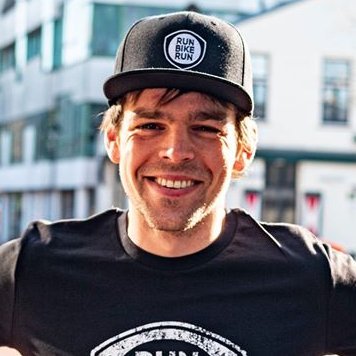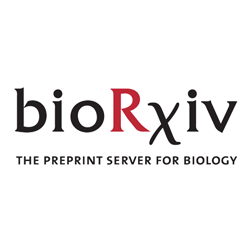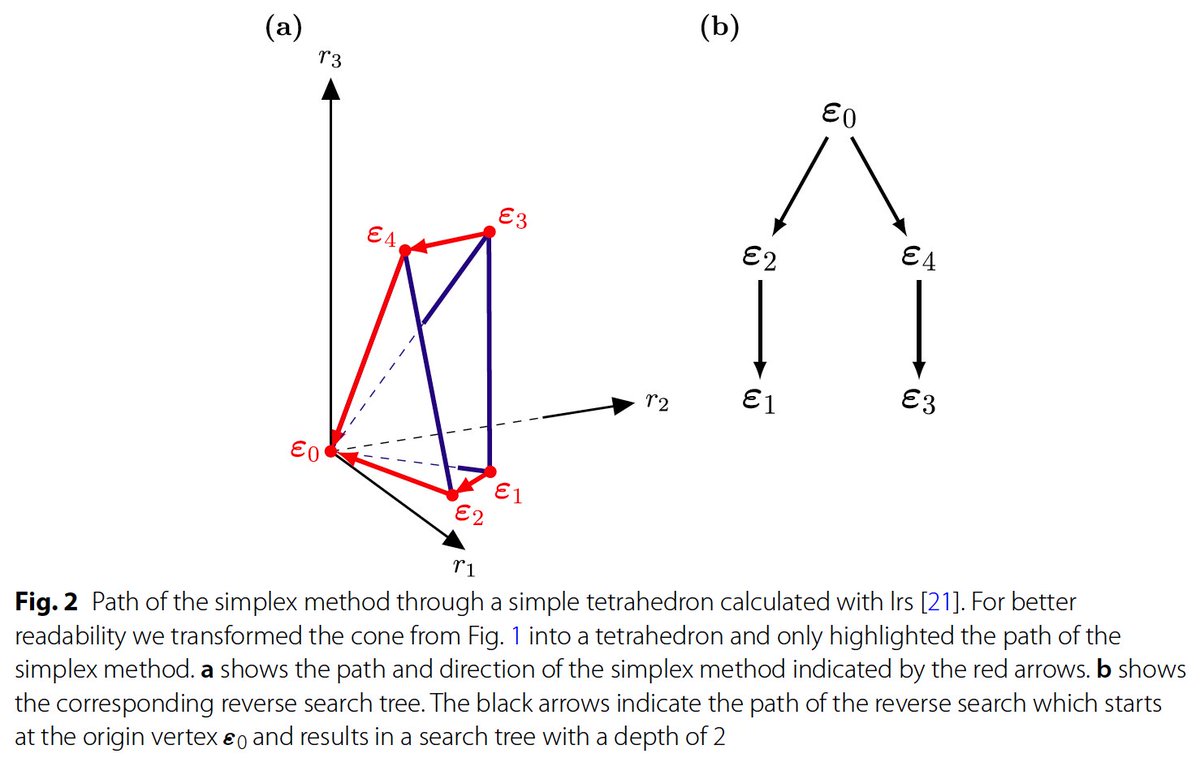
Daan de Groot
@daandegroot91
Followers
82
Following
288
Media
7
Statuses
84
Postdoc in mathematical biology; Run-Bike-Run-fanatic. Interested in all systems that are complex enough
Joined July 2009
"How can 'simple' microbes adapt to so many different environments, even when these environments change unpredictably?" This is the question that @TjalmaAge and me set out to answer in 2019. Our main finding was just published: A short background story:.
pnas.org
Microbes in the wild face highly variable and unpredictable environments and are naturally selected for their average growth rate across environmen...
1
12
35
RT @NimwegenLab: Here it is! Bonsai. No more excuse to use t-SNE/UMAP. Bonsai not only makes cool pictures of your data. It actually rigoro….
biorxiv.org
Single-cell omics methods promise to revolutionize our understanding of gene regulatory processes during cell differentiation, but analysis of such data continues to pose a major challenge. Apart...
0
5
0
RT @NimwegenLab: Very exciting new masters program at the Biozentrum that I look forward teaching in together with colleagues like @Zavolan….
0
10
0
RT @NimwegenLab: Dear scRNA-seq people. I'd like the hive's opinion. What current scRNA-seq datasets or dataset collections would you say a….
0
7
0
RT @NimwegenLab: The Swiss science foundation SNF has been functioning superbly and is the envy of many abroad. Now there are VERY worrisom….
secure.avaaz.org
Dear President, dear members of the Foundation Council of the SNSF,We, the undersigned, have been alarmed to learn of the substantive changes that have been planned for the future functioning of the...
0
19
0
RT @RJvTatenhovePel: We are hiring! Are you looking for a Postdoc, excited about applying micro-compartmented cultivation systems in indust….
careers.tudelft.nl
0
17
0
RT @sees_lab: 📢 New in @NatureComms we investigate the limits of symbolic regression: Can we always learn a model from data? We find a tran….
nature.com
Nature Communications - Learning analytical models from noisy data remains challenging and depends essentially on the noise level. The authors analyze the transition of the model-learning problem...
0
49
0
before it can select the minimal set with which it can move on. In a genome-scale metabolic network there can really be so many candidates that you cannot store them anymore! Now @BeeAnka_A and @enit7677 had the idea to use a different ray-enumeration algorithm called.
1
0
1






